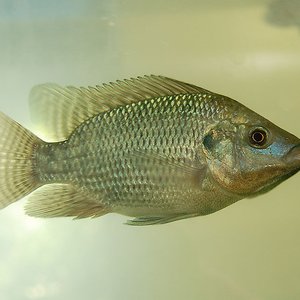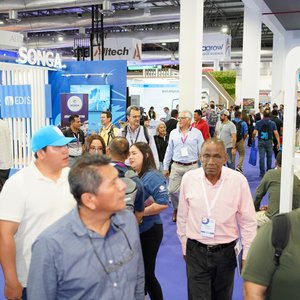The USDA-APHIS’s Biotechnology Regulatory Services (BRS) has determined that Yield10’s Camelina sativa varieties developed using genetic engineering (modified Camelina) to produce omega-3 fatty acids are not subject to the regulations under 7 CFR part 340, and may be grown and bred in the United States.
The global markets for omega-3 fatty acids include aquafeed used for salmon and trout farming, pet food, baby formula, nutraceutical and pharmaceutical products. Most omega-3 fatty acids are produced from ocean-caught fish. Production constraints and supply volatility of traditional fish oil sources are creating gaps in supply and driving the growing demand for new sources of omega-3. Utilizing camelina as a land-based production platform has the potential to provide a new, reliable supply of omega-3 fatty acids.
“This regulatory milestone represents a critical step for enabling the ramp-up of camelina planting to commercial scale in the U.S for producing omega-3 oil for key markets including aquafeed and human nutrition,” said Kristi Snell, chief science officer of Yield10 Bioscience. “In 2024, we plan to focus on executing our development program, building seed inventory in anticipation of commercial scale planting, and engaging with potential commercial partners to enable future commercial sales of omega-3 oil and meal in target markets. The use of omega-3 oil and meal in target markets may still be subject to regulation from other regulatory authorities in target geographies.”
In 2023, Yield10 submitted two requests for Regulatory Status Review (RSR) to the BRS under the SECURE Rule. An RSR filed in July 2023 covers camelina engineered to produce eicosapentaenoic acid (EPA) where the engineered omega-3 camelina produces oil containing approximately 16-20% EPA. An RSR filed in December 2023 covers producing both EPA and docosahexaenoic acid (DHA) in which the engineered omega-3 camelina produces oil containing approximately 10% EPA and 10% DHA, closely resembling the omega-3 EPA/DHA fatty acid profile of northern hemisphere fish oil. The responses from USDA-APHIS indicate that the agency does not consider the modified camelina plants to be an increased plant pest risk as compared to unmodified camelina and are therefore not subject to regulation under 7 CFR part 340 regulations.













